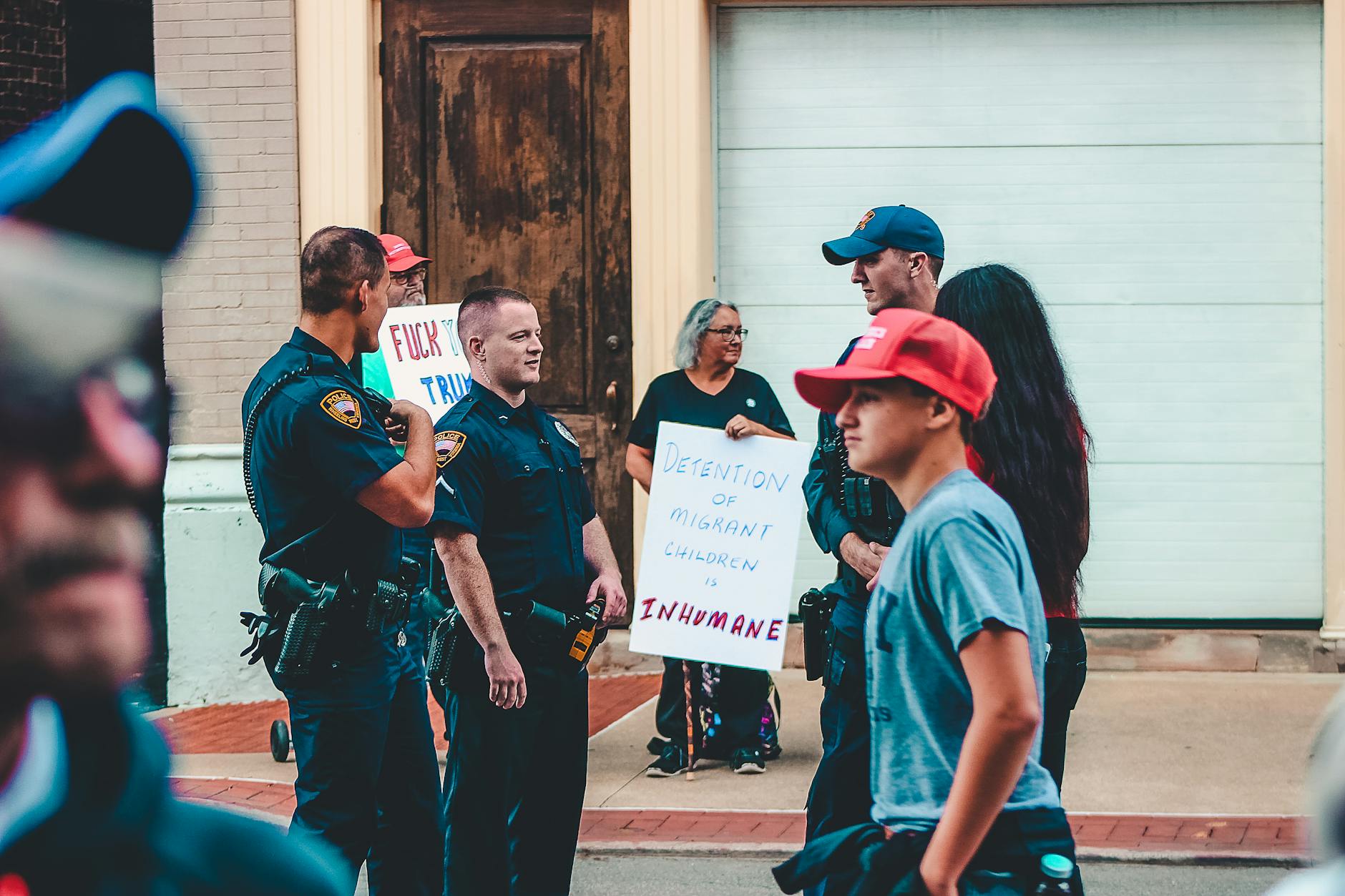If you walk the streets of any city and look at the faces, hear the languages, note the foods, fashions, and festivals, it is impossible to miss a simple truth: all of humanity, everywhere on Earth, is the product of migration. Borders are recent. Migration is ancient. Arguing against migration (or against the diversity it brings) is like arguing against air or water as necessary for life. Here, let’s review…
The beginnings
Our story as a species begins with movement. The latest consensus from genetic, archaeological, and linguistic research is that Homo sapiens evolved in Africa and, between 50,000 and 100,000 years ago, rapidly dispersed across the globe. Every modern population, from the far reaches of Patagonia to the Polynesian islands, is ultimately the result of this continuous migration (1)(2).
We are all migrants’ descendants. Every “homeland” is, in truth, both a transit point and a mixing bowl.
Genetic Insights
Research in genetics repeatedly demonstrates a basic law of life: populations with greater genetic diversity are more robust, less susceptible to disease, and better able to survive environmental changes. A sweeping study in The Lancet showed that people with more genetically diverse backgrounds have lower mortality risks from leading diseases (3). This is not just a statistical quirk; it’s how evolution works. Monocultures, whether in crops or communities, are famously vulnerable.
Collaborative Cross-Pollination
Migration doesn’t just transform genes; it transforms cultures and societies. Throughout history, the cross-pollination of ideas, skills, and technologies migrated. From Phoenician traders, Silk Road merchants, to African diaspora musicians, a history of regular migration for a broad variety of reasons has powered the entire world, and certainly our own innovation and creativity. Historically, societies that encourage openness and exchange become more prosperous, resilient, and adaptive (4)(5).
Cities like New York, London, and Singapore thrive not in spite of their diversity, but because of it.
Dynamism requires movement
High levels of migration are consistently linked to economic dynamism and innovation. International organizations including the IMF and OECD conclude that migrants, from refugee families to high-skilled professionals, increase productivity, spark innovation, and help stabilize aging populations (6)(7). The oft-cited notion that migrants “take jobs” or depress wages is flatly contradicted by decades of economic analysis. The American Industrial Revolution stands as another compelling example of this truth: Migrants fill labor gaps, create businesses, and contribute disproportionately to fields from science to entrepreneurship (8).
Migration is (not yet) a human right (it should be!)
When you understand that migration is the human story, it’s clear: to oppose migration is to oppose human rights, dignity, and our collective future. International law (driven by hard-won lessons from conflict and atrocity) upholds the right to seek asylum, to be with family, and to pursue security and opportunity (9). As climate change and global instability create new waves of migration, compassion and rational planning aren’t just moral necessities, but practical ones.
Rebuking bigots, fascists, et al
Any argument that migration is “unnatural,” “new,” or inherently “dangerous” is not supported by history, science, or economics. Such arguments reject our shared past and imperil our shared future. Blocking migration is anti-human in a literal sense: it rejects the processes that have made us who we are and that will ensure our survival as the future becomes more uncertain.
In closing
Surviving and thriving in the 21st century, facing climate crises, pandemics, and rapid change, calls for flexibility, openness, and unity and this means recognizing that diversity and migration aren’t “threats.” They are THE sources of human flourishing, creativity, and resilience. The sooner we accept this and design our societies and policies around it, the better our future as a species will be.
References
- Henn, B. M., Cavalli-Sforza, L. L., & Feldman, M. W. (2012). The great human expansion. PNAS, 109(44), 17758–17764. https://www.pnas.org/content/109/44/17758
- Haak, W., et al. (2015). Massive migration from the steppe was a source for Indo-European languages in Europe. Nature, 522(7555), 207–211. https://www.nature.com/articles/nature14317
- Jin, Y., et al. (2023). Genetic diversity and all-cause mortality in over 268,000 individuals of multiple ancestries. The Lancet, 401(10389), 1741-1752. https://www.thelancet.com/journals/lancet/article/PIIS0140-6736(23)00738-4/fulltext
- Florida, R. (2012). The Rise of the Creative Class. Basic Books.
- Putnam, R. D. (2007). E Pluribus Unum: Diversity and Community in the Twenty-first Century. Scandinavian Political Studies, 30(2), 137–174.
- International Monetary Fund. (2020). The Macroeconomic Effects of Global Migration. https://www.imf.org/en/Publications/Books/Issues/2020/10/13/The-Macroeconomic-Effects-of-Global-Migration-49885
- OECD (2022). How immigrants contribute to developing countries’ economies. https://www.oecd.org/development/migration-development/
- Kerr, W. R. (2018). The Gift of Global Talent: How Migration Shapes Business, Economy & Society. Stanford University Press.
- United Nations. (1948). Universal Declaration of Human Rights, Article 13. https://www.un.org/en/about-us/universal-declaration-of-human-rights
